Performance Marketing; the key to ROI-focused campaigns
In the past, traditional marketing was very one-sided. Most marketing tools used included tv, radio, and print media. There were plenty of limitations in effectiveness and application. Say a brand decided to air a commercial or give out pamphlets. They could only monitor results, hoping that the tools they used worked, that the audience was pleased, and that sales numbers would positively reflect during or after the campaign. Attribution in marketing campaigns was nearly impossible. There was almost no direct feedback from customers and audiences about the brand, its marketing efforts, or the customer’s behavior and experience with the brand.
Thanks to the internet and massive amounts of data collection on digital platforms and machine learning , it is possible to track and monitor almost every action a consumer takes when interacting with your brand. Access to such data allows marketers to map out customer behavior through every point of interaction with the brand. This kind of data transparency enables media buyers to optimize their campaigns to perform better. Hence why we have performance marketing.
Defining Performance Marketing Today
Performance marketing is an online marketing approach that focuses on driving measurable results.

Benefits of performance marketing
Difference: Performance marketing vs. brand marketing
Most companies face a dilemma when deciding how to split the available marketing budget between conversion-focused (performance marketing) campaigns and brand-building (brand marketing) ones. Brand marketing focuses on building long-term awareness and loyalty, whereas performance marketing focuses on achieving specific goals, such as increasing sales or generating leads. Running both campaigns in parallel is key to overall success; deciding the expenditure ratio should depend on factors like audience needs, societal affairs, and the brand’s priorities and budget.
To make an insightful decision, you need to know a few attributes of each approach. Performance marketing is typically more measurable than brand marketing. This is because performance marketing campaigns often use specific metrics such as clicks, conversions, or sales. On the other hand, brand marketing campaigns can be more challenging to measure because they focus on building long-term awareness, creating an emotional connection with customers, and gaining loyalty. Performance marketing can be a great way to generate quick results. However, it is crucial to remember that performance marketing campaigns can be more expensive than brand marketing campaigns. This is because they are highly targeted, requiring more detailed planning and execution.
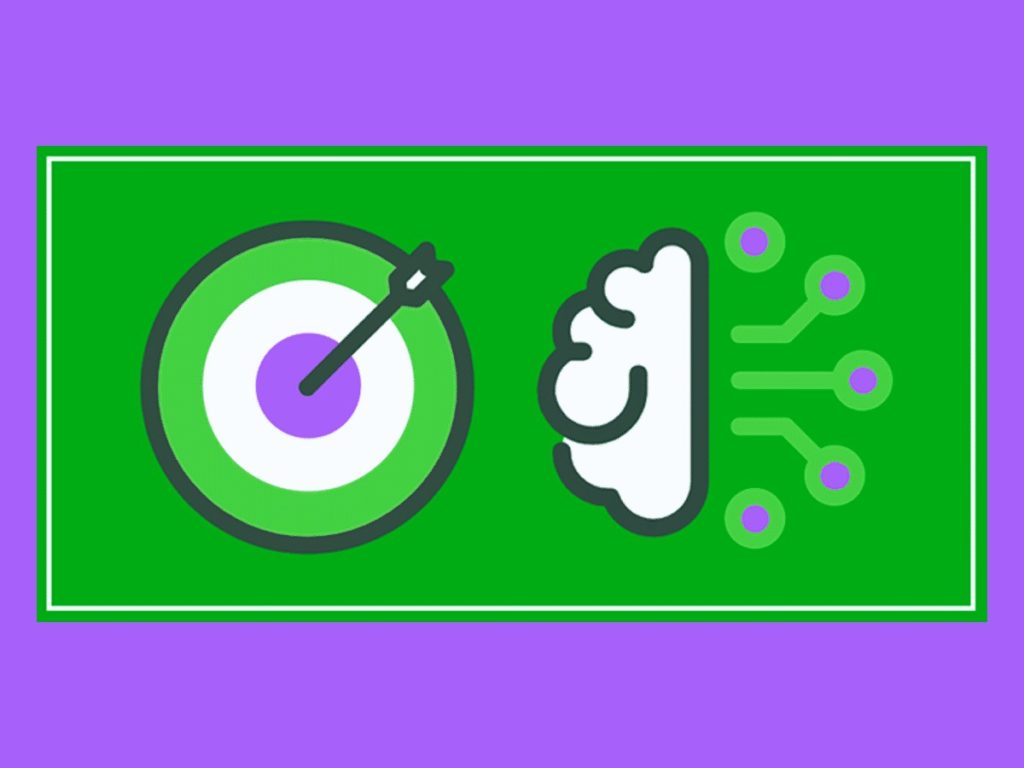
Channels used in performance marketing
Here are the different channels that marketing managers may use in performance marketing:
OWNED CHANNELS
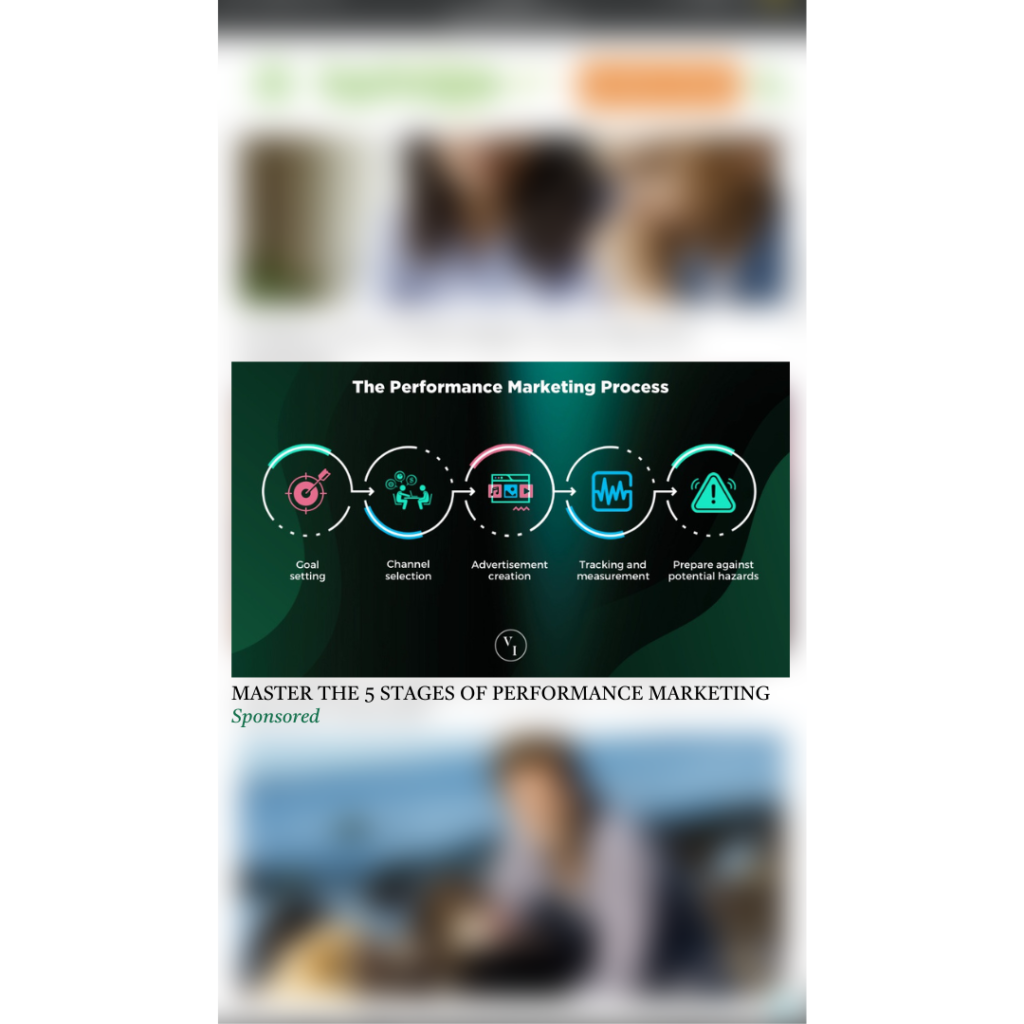
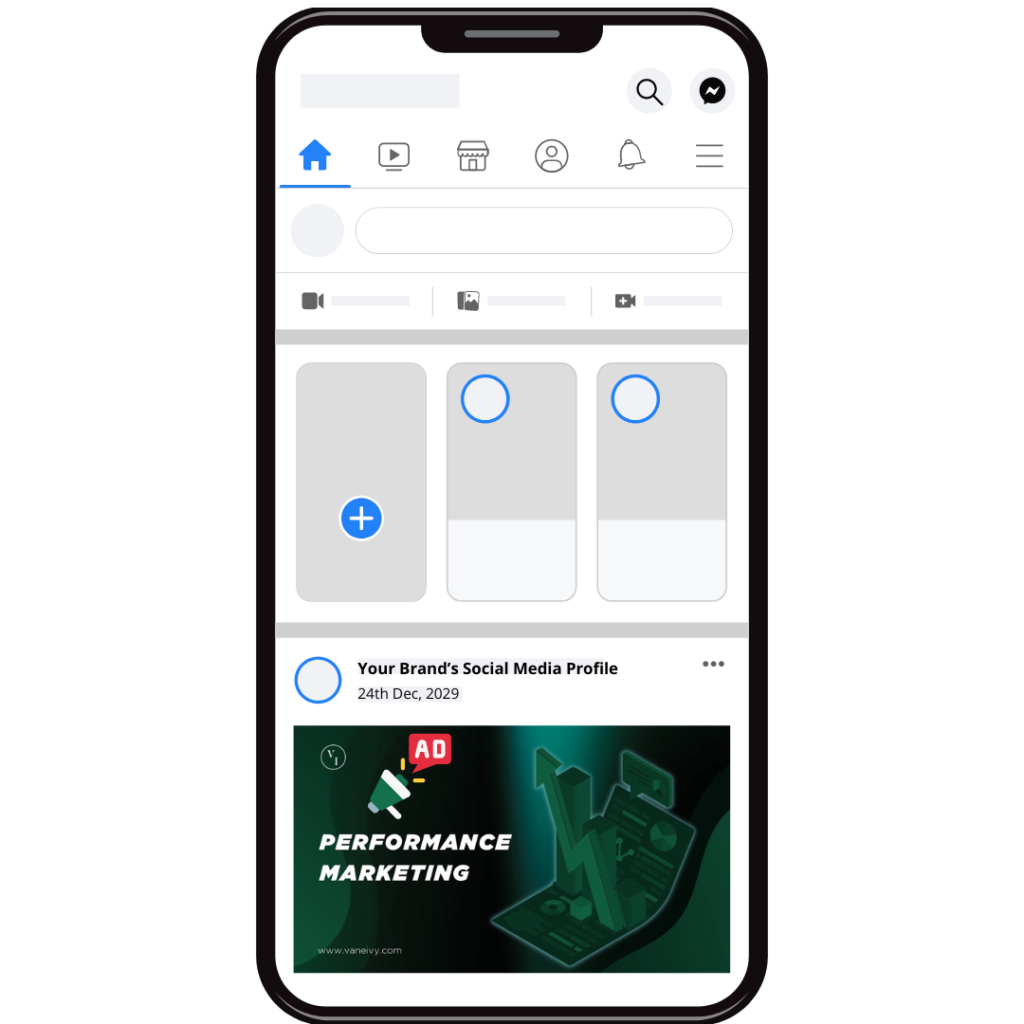
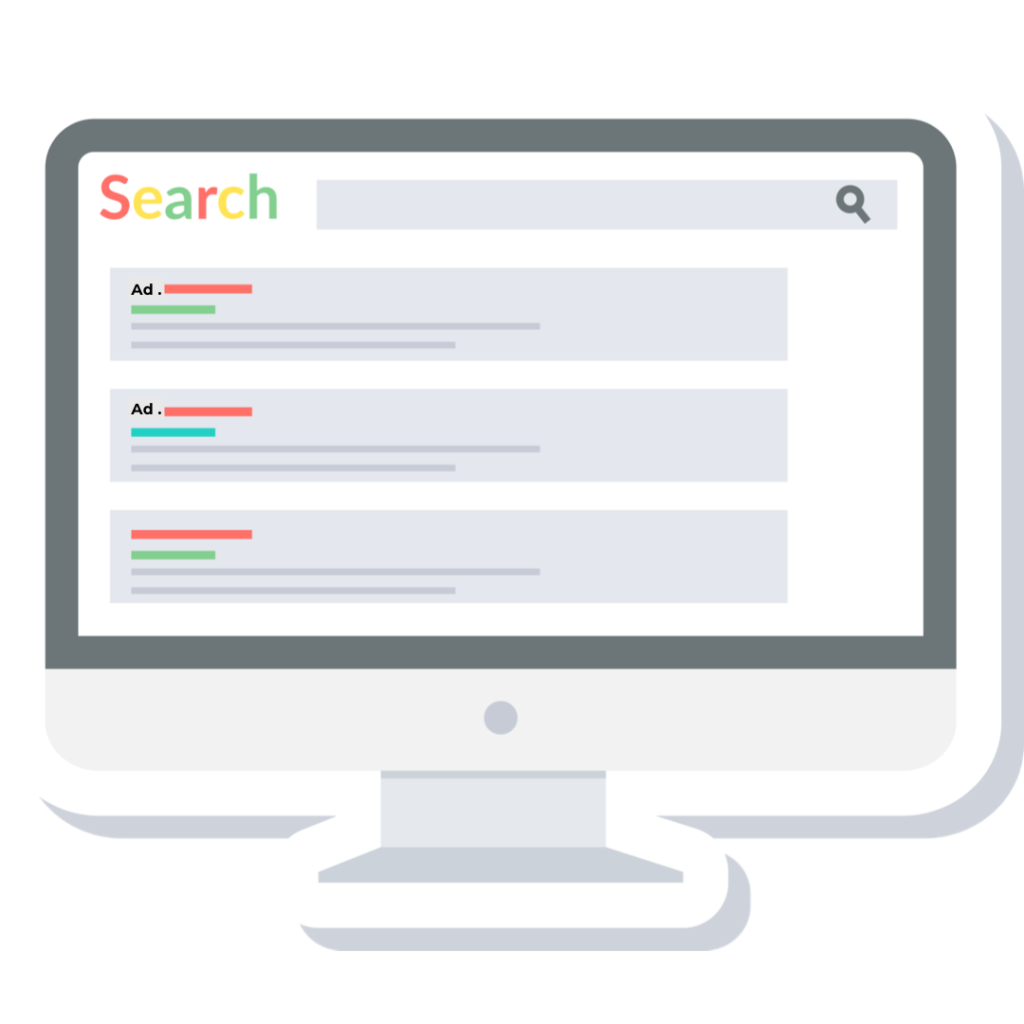


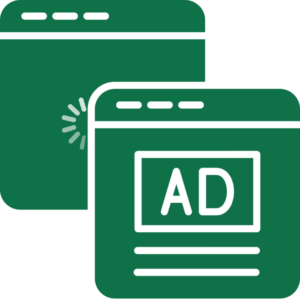
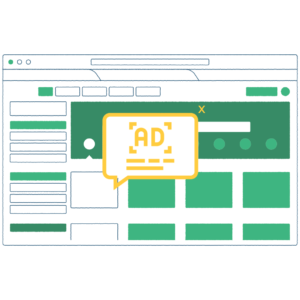
PARTNERED CHANNELS
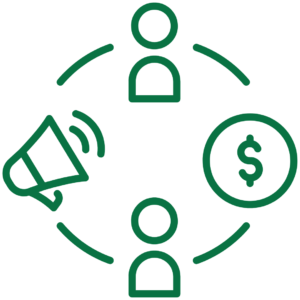

Performance marketing can be an effective way to reach new customers and boost sales. However, choosing the proper channels for your business is essential to get the best results.
Metrics to look out for
Metrics to look out for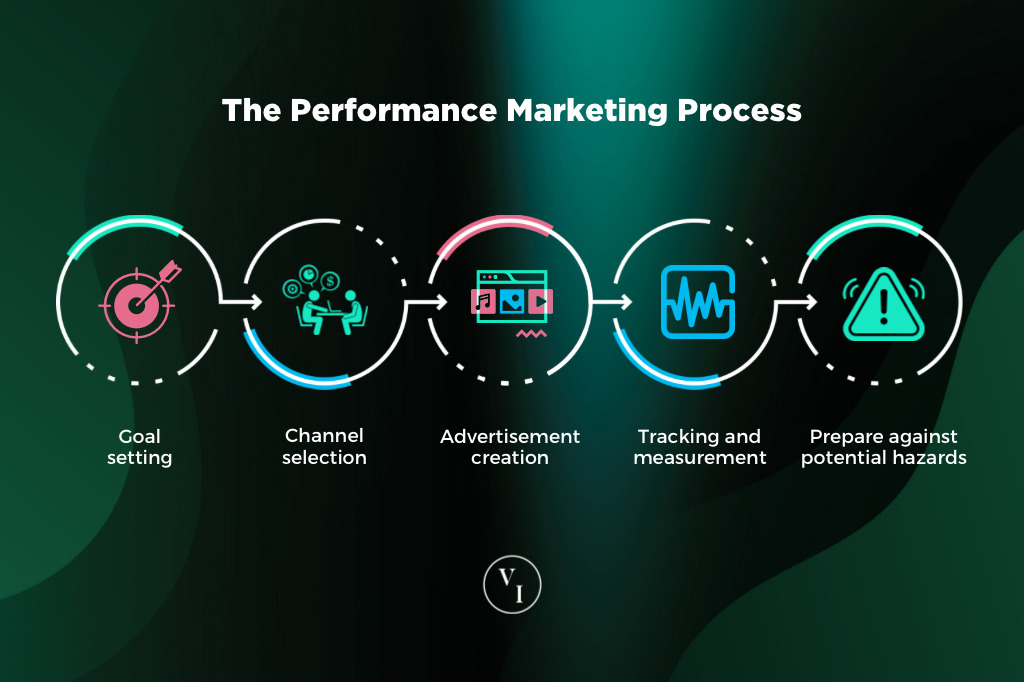
The Process: Steps to take towards better Performance
Are you a marketer who wants to get started with performance marketing? Here are a few steps to take:
- Goal setting: The first step is to set clear goals for what you want to achieve with your marketing campaign. This will help you to measure your success. Your campaign goals determine where your ads are shown, whom they’re shown to, and other factors vital to success.
- Channel selection: The next step is identifying the most effective channels for your campaign. It is best to diversify your channels to maximize your potential reach.
- Ad creation: The third step is to create your ads. Here, you creatively and intentionally create the ad with the target audience in perspective. This step will involve creating both the content and the design of your ads to fit the channels you decide to use for the campaign.
- Tracking and measurement: The next step is to track and measure your results. This will help you to see how your campaign is performing and make necessary changes if needed. Remember, it is not enough to monitor the performance of your campaign regularly – we advise you to evaluate and optimize your campaign as often as is needed to ensure you gain the most out of the analytics data you collect for monitoring. Read our article on the 5 Data Senses to help you start generating meaningful insights.
- Prepare against potential hazards: Ensure your brand and advertising partners are compliant to avoid issues like brand safety and the ever-evolving data laws and policies. For this reason, it is recommended that you work with a credible Performance Marketing Consultancy, like VANE IVY, that will handle all the aspects of your campaign, including affiliate management.
Do you have any questions? Give us a shout!
Using our background in deep research, passion for marketing, and affinity toward tech, we’re here to help you and your brand gain visibility from the right audience
